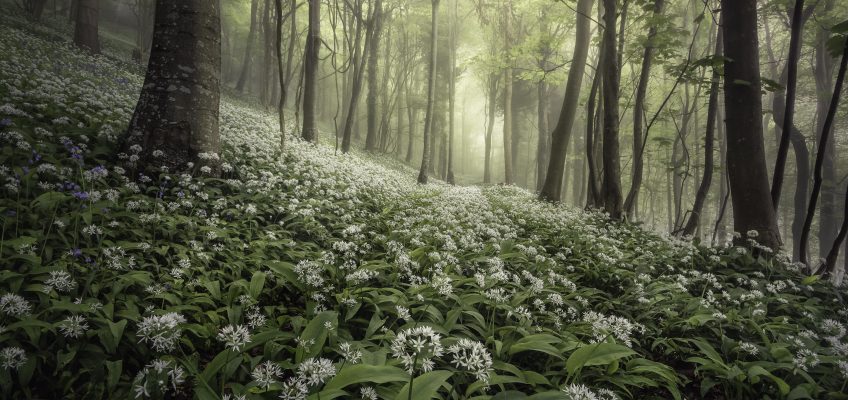Kase Wolverine Magnetic Circular Filters review by Chris Frost
Kase Wolverine Magnetic Circular Filters review by UK LPOTY 2020 winner Chris Frost
Finally, after many years and several brands, I have a filter system I am not only happy with but is in fact, making my photography a more enjoyable experience.
Having battled with filters for years, and in many cases it was a battle. I was excited to hear from Kase UK in early 2021 with the opportunity to test the Wolverine Square filter system.
I won’t mention names, but previous filters brands had disappointed me. With wild colour casting, scratch happy resin and my favourite, circular polarisers that refused to screw in — fighting to locate that allusive point where the filter thread finally decided to bite, as frustration levels and the sky grew an ever more vivid shade of red.
By that point, I’d heard a lot of positives about Kase and knew several Dorset photographers were using Kase filters, and were very impressed by the filter systems. I have since purchased their Wolverine Magnetic Circular filter system, since reviewing the Kase Wolverine Square filter system.
Its ease of use was a perfect complement for my shooting style.
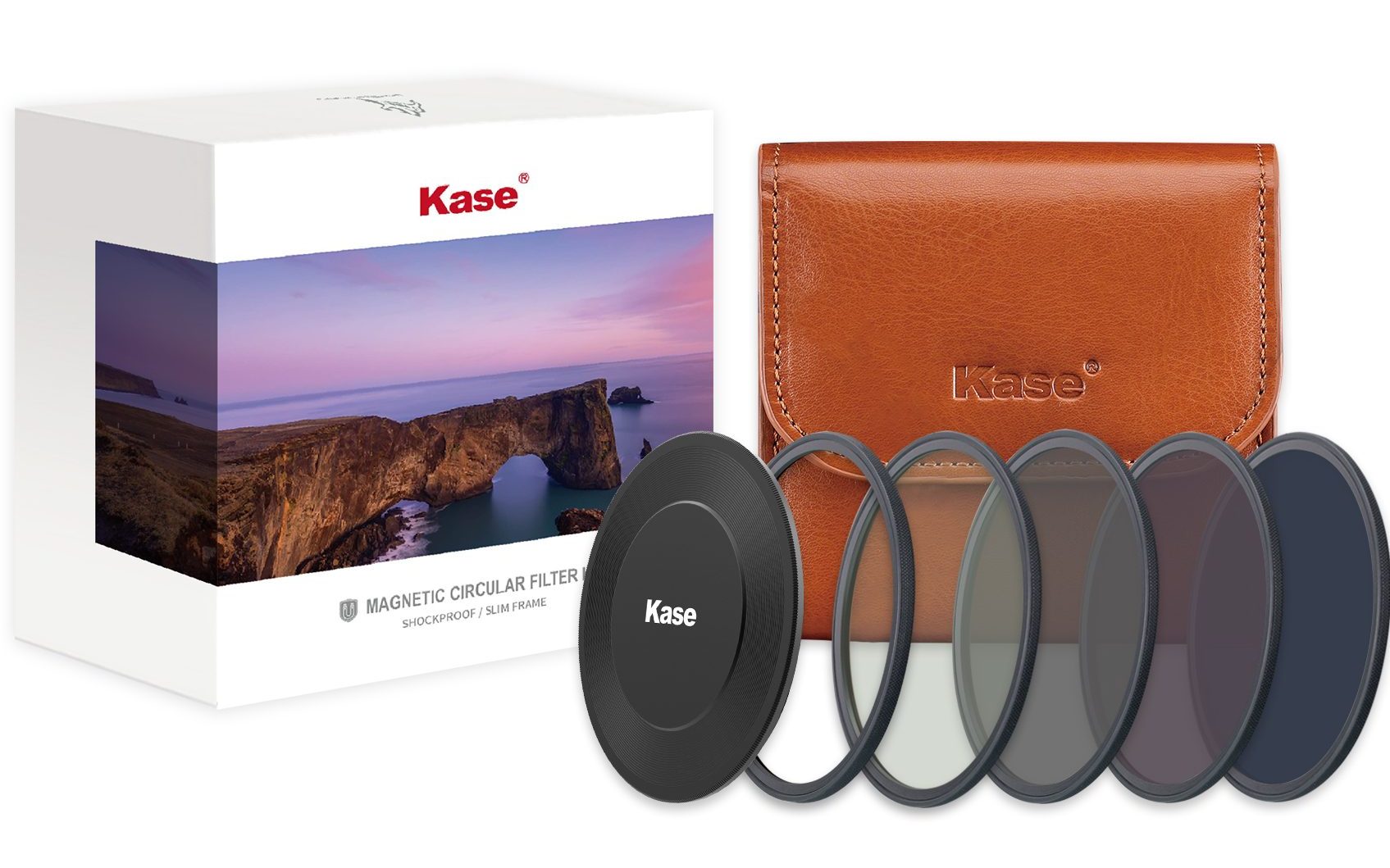
Kase Wolverine Magnetic Circular Filters
The magnetic filters are available in a number sizes; 72mm 77mm, 82mm, 95mm and 112mm, with each offered individually or as part of the Entry Kit (CPL/ND8/ND64) or Professional kit (CPL/ND8/ND64/ND1000).
Each kit being supplied in an attractive leather carry pouch and accompanied by a magnetic lens adaptor and magnetic lens cap.
The filters are manufactured with a toughened B270 Optical Glass that offers far greater durability from bumps, scrapes and every landscaper’s nightmare — drops. The Kase UK website has some impressive drop-test videos showing their performance against standard filters. The filters have a nanotech coating that repels water and dust, boasts anti-reflective anti-glare properties and to top it off, is scratch resistant — a blessing for me as I have an innate ability for scuffing filters.
In the field
‘Ease of use’ was obviously a key design principle here. The system makes filter use what it should be — a simple, no fuss activity, rather than the often stress inducing episodes I’d been familiar with.
Where previously I had two separate filter sets; one for my 52mm thread zoom and primes lenses, and another to handle my 82mm wide-angle lens, I now have one set for all.
Using the largest 95mm filters ensures that the chance of vignetting is mitigated even at the widest of focal lengths, and once the magnetic step-up-rings are fixed, switching between lenses and filters is effortless. The filters, CPL and NDs, sit snugly into the adaptor ring with the magnetic fittings delivering a strong fixing; so much so that I am more than comfortable stacking filters and moving around to pinpoint compositions.
The Entry or Professions kits come housed in a leather pouch that is attractive and compact. The pouch is lightweight and measures up at roughly half the size of the standard 100mm square filter set pouch, which can comfortably fit inside a jacket pocket for ease of access. The carry pouch also comes with a handy clip for those wishing to attach to a belt buckle or tripod.
The woodlands currently have my photographic heart, but I can’t help returning to my first love. The stunningly rugged, and often wild, Dorset coastline. It’s on these return visits that I have experienced the nano coating’s benefits. The coating allegedly repels dirt and water and from what I have seen so far and I cannot argue that claim. Whereas my previous resin filters quickly became smeared and unusable in rain or heavy sea spray, these are far more resilient to watery effects. Rain droplets tend to bead and roll down the filter away from the shooting area, meaning wiping is required less frequently whilst they are also less likely to smear when cleaned with a lens cloth.
Circular Polarising Filter (CPL)
Predominantly shooting woodland imagery, I have a Circular Polarising filter attached to my lens far more often than not. The purpose of a circular polarising filter is to block light waves travelling along a specific plane when bouncing off or being reflected by non-metallic surfaces.
These reflected light waves wash out and desaturate areas of colour, such as woodland foliage but by using a polarising filter you cut through that glare, increase saturation, add warmth, and deliver a denser feel to the colour palette.
Previous polarising filters, screw thread issues aside, have always delivered what I believed to be fairly good results. However, that quality pales into insignificance when compared to the Kase CPL, which easily cuts through glare and water reflections resulting in an image with far greater saturation and depth. The early autumn Raw images below show this in practice; the first, without polarisation, looks desaturated and washed out whilst the second polarised image, is saturated and vibrant.
The CPL filter rotates with ease, and due to the circular nature of the ND filters, is no more troublesome to move when they are stacked on top — twisting the polariser rotates the stack en masse.
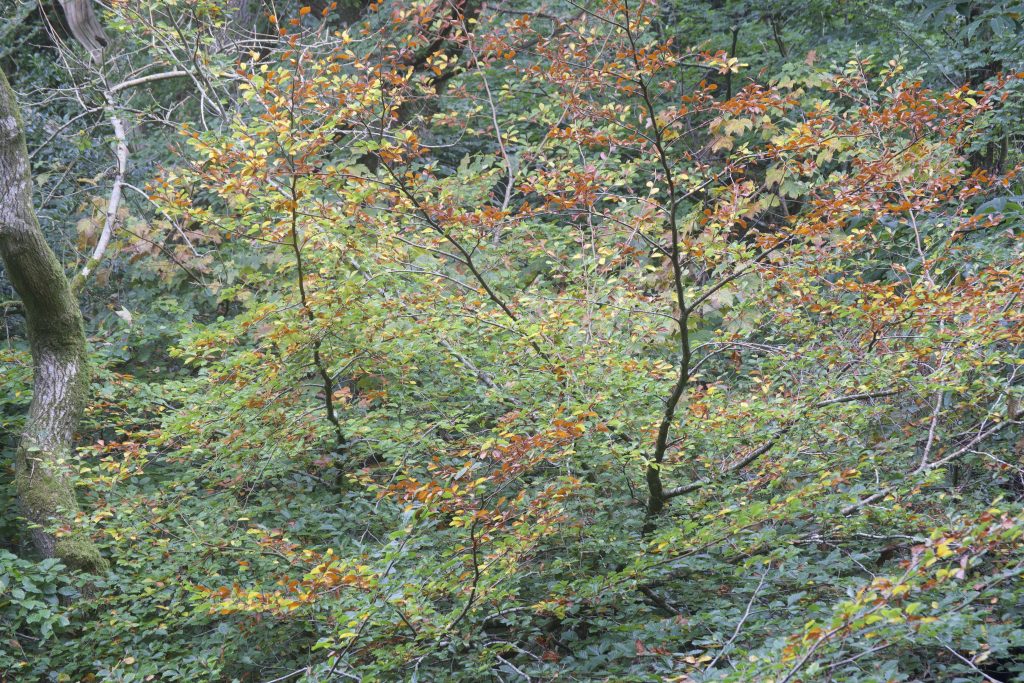
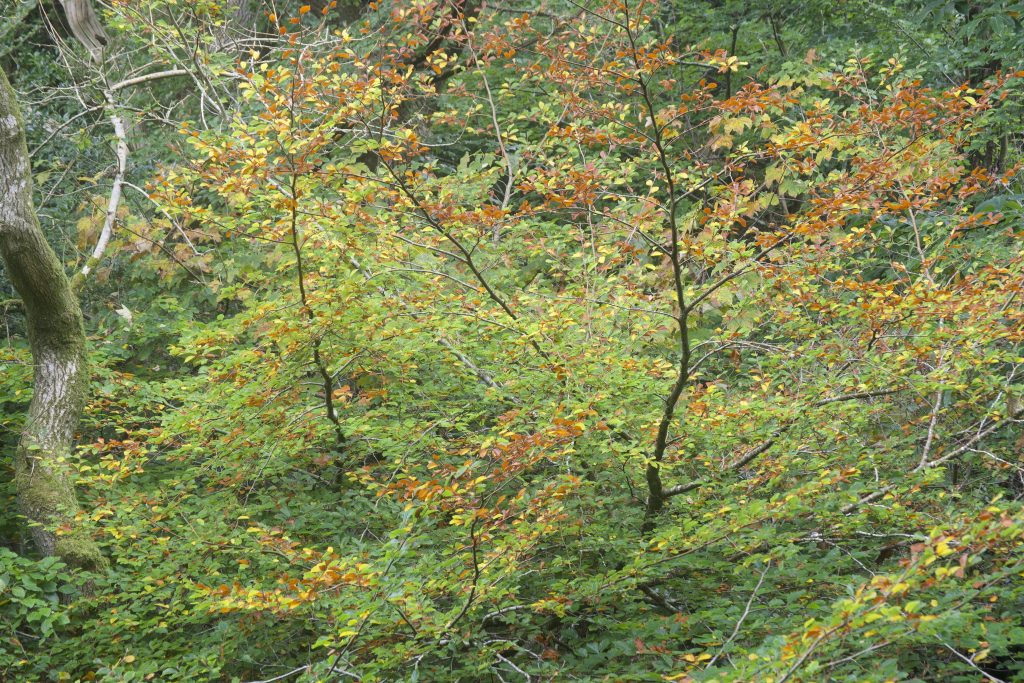
Neutral Density Filters
The neutral density filters have a slimmer profile compared to the Kase magnetic polariser, and sit snugly into the magnetic adaptor, or polariser if using one, reducing the chance of vignetting. In fact, only when I stacked the ND8 and ND64 on top of the polariser, did I see any indication of a vignette being apparent — and this was minimal. This tight stacking of filters, I presume, will also reduce the possibility of light leakage compared to modular formats.
ND filters I’ve used in the past have suffered from colour issues in varying degrees. This isn’t an issue specific to the brands I’ve used, but something generally acknowledged as an inherent downside to NDs, especially prevalent with the higher stopping power filters that normally deliver images with a far cooler colour cast. The Kase filters have however, been excellent in this area not only delivering excellent light transmission qualities but doing so with only a very minimal colour cast, even when using the ten-stop power of the ND1000.
In the test shots below, there is a very slight warming effect when using the NDs, with the ten-stop ND1000 showing the least colour shift from the unfiltered image.
As mentioned above, the ND filters are stackable so should you require more than the ten-stop light reduction of the ND1000, you can team up with the ND8 or ND64. Alternatively, Kase filters recently released the behemoth 16 stopper ND64000 which should cover all long exposure needs.
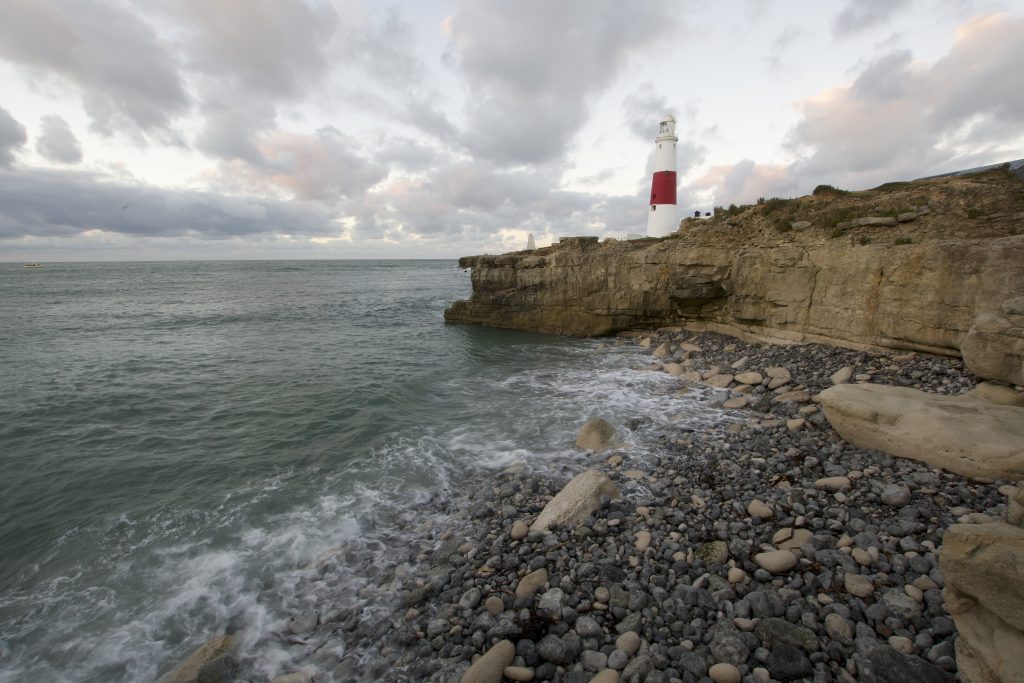
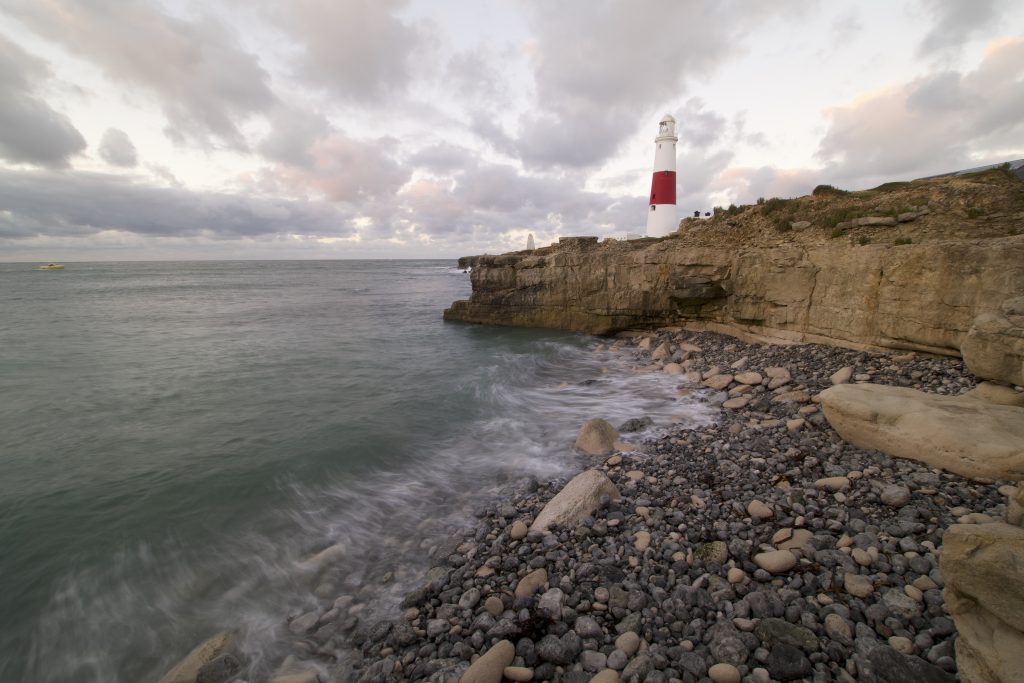
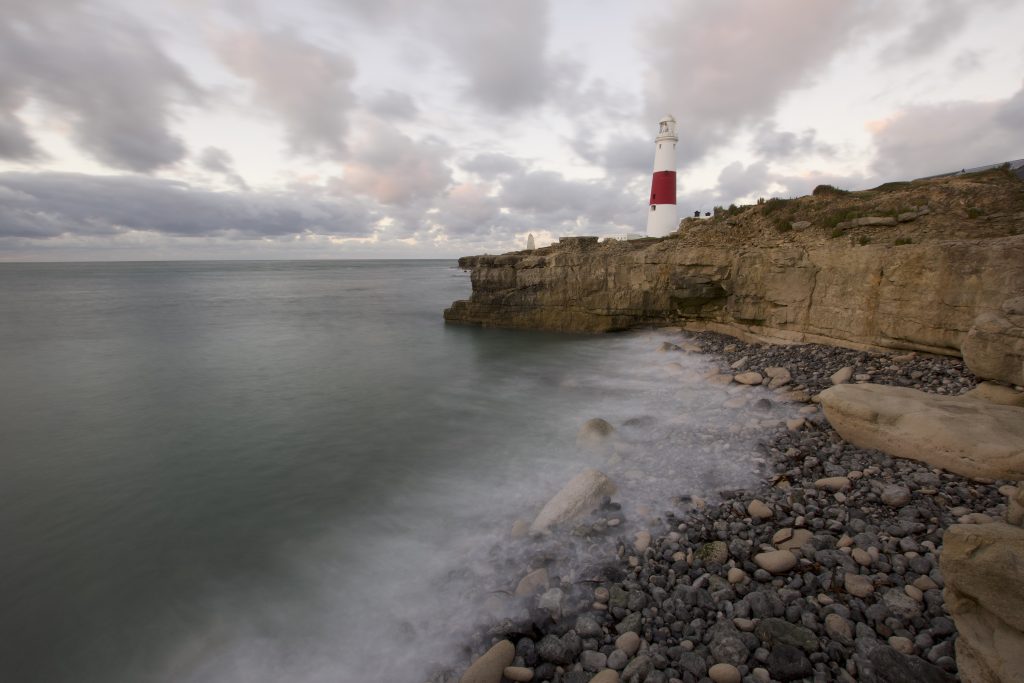
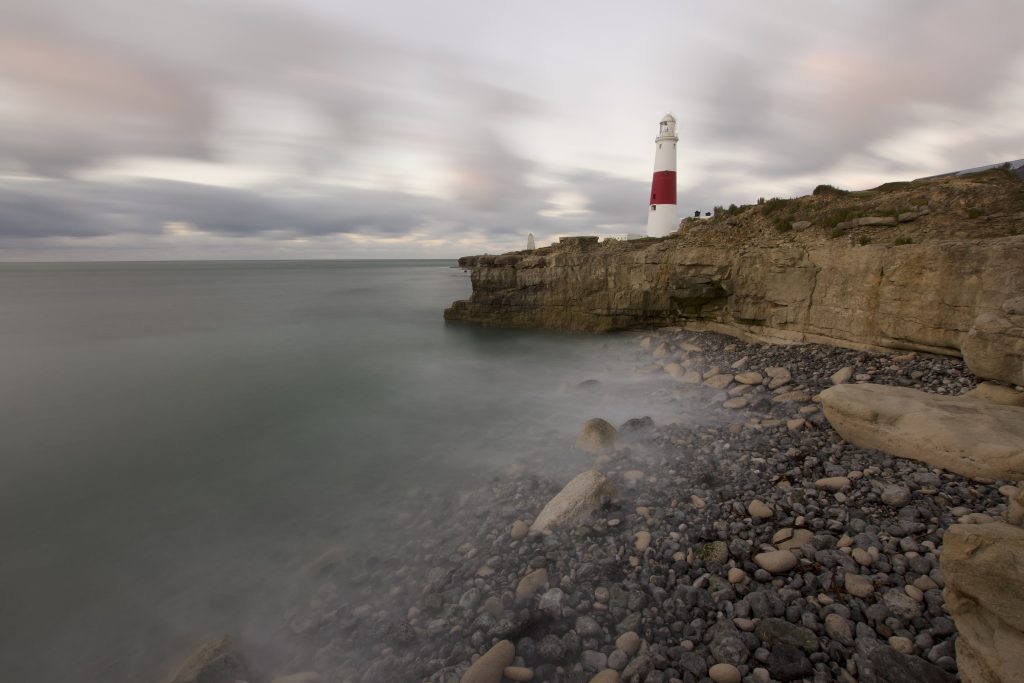
Graduated Neutral Density Filters
One potential downside of the magnetic circular filter system would be for those frequently using graduated filters. Whilst the system has graduated ND offerings, the circular nature of the filters does not offer the flexibility to move the graduated elements up and down to suit the chosen scene; the area of graduation is fixed and can only be altered by recomposing.
For me, and for many others I would expect, this is not an issue. Shooting predominantly in woodlands the need for a graduated filters is negligible, and for several years when shooting seascapes/landscapes I have opted to exposure blend images of varying light levels in post rather than use filtration. For those looking to handle wide dynamic ranges in-field rather than behind the computer, I would highly recommend reviewing the modular Wolverine Square filter system.
The Final Verdict
Having used the Kase Wolverine Circular Magnetic Filters for several months, I would highly recommend them to those looking for a new filter system or currently battling with filters that do not meet their needs.
The quality, durability and ease of use make the magnetic circular filters a fantastic product and one that I am very glad to be using. They are head and shoulders above brands I’ve previously experienced.
If considering this system against the modular Wolverine Square filters, those not having a heavy reliance on graduated filters in their workflow will benefit greatly. The circular magnetic filters’ versatility and the effortless switching between filters and lenses make the circular magnetic option a winner in my book.
Pros
- Durability
The filters are manufactured from toughened B270 Optical Glass resulting in an extremely strong, shatter and scratch resistant product. - Ease of Use
The system makes rapid filter changes a hassle free and simple task. - Filter Neutrality
The filters are not only sharp and clean but have only a very minimal colour cast. - Nano Coatings
The filters coating are dirt and water repellent, making them surprisingly easy to clean — water tends to run off rather than sitting and smearing. - Vignetting
Using my 10-20mm Sigma, vignetting only becomes visible at 10mm when two NDs are stacked onto the CPL; the effect is still minimal but would become more pronounced with any additional filters.
Cons
- Graduated Neutral Density Filters
One potential downside of the magnetic circular filters would be for those with a heavy reliance on graduated NDs. Whilst the system has grad offerings, the circular nature of the filters is limiting as to which areas of the image the effect impacts.
So far, I am hugely impressed by these filters, as you can most probably tell from this review, but if you have any questions relating to them and my experience using them.

